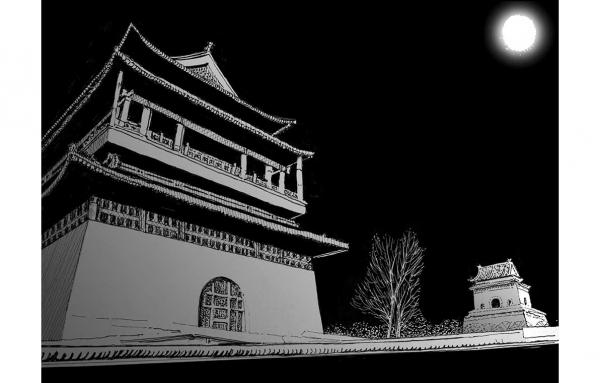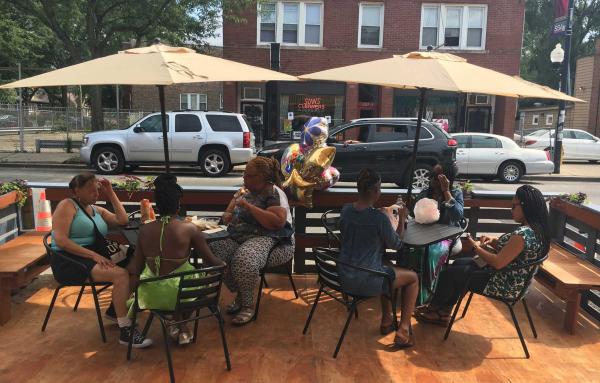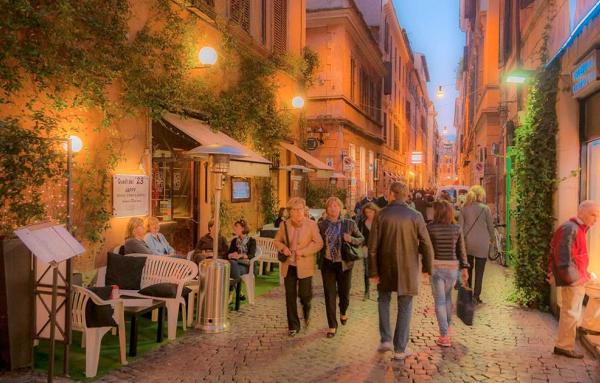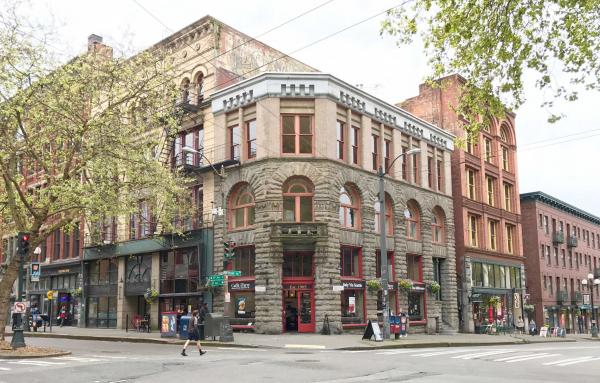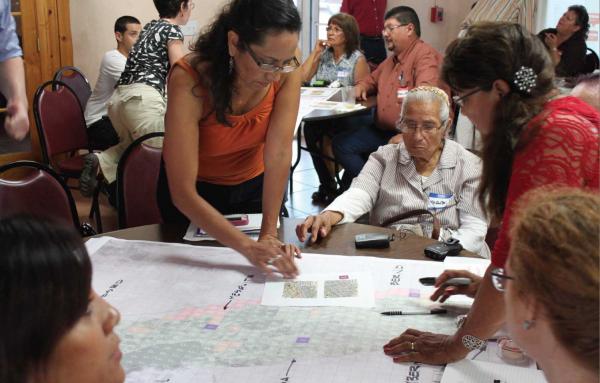Community
CNU has a vital toolkit that Christian community workers badly need to provide solutions to the problems they face in cities and neighborhoods.
Chance encounters with strangers, random humane acts of kindness, and the experience of discovering new places make travel and urban life memorable. And they may possibly influence future behavior.
How urbanism can bring hope and change to a working-class African American neighborhood.
Reimagining the Civic Commons was launched in Philadelphia, and similar strategies are now being applied to five US Cities.
When someone walks along a street, they’re gone in a moment. But when they sit down to a meal, they might be there for an hour or more. Because of this, the sidewalk cafe is the most powerful tool to enhance people’s desire to walk in a place.
The Storefront Theater is a unique and creative use of a vacant space in a small-town Main Street.
Fourteen hundred top land-use professionals, public officials, and citizens gathered in Seattle last week to discuss the future of cities.
City as Platform is more than a tour, and more than just a conference session—it is a hands-on, collaborative learning experience in the field.
A time-compressed design process that gathers all of the stakeholders and practitioners together has great potential for creating more holistic communities, experts say.
All politics is local—and to that we could add, all politics is rooted in the public spaces we share at the local level.
Urban living with kids, part three: For cities vying for the best and brightest, a mixed-use urban neighborhood with a great public school is a slam dunk.
There are two models for development of cities and towns. One, the neighborhood model, founded on thousands of years of trial and error, brings people together.

